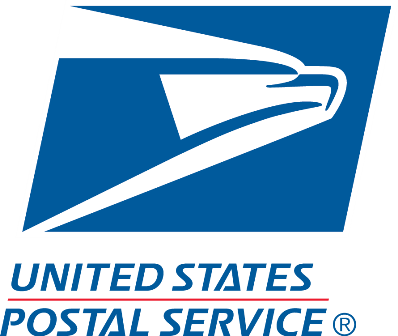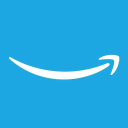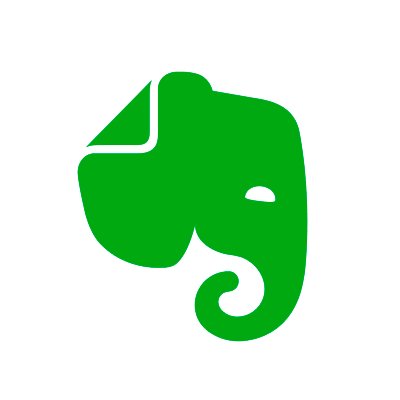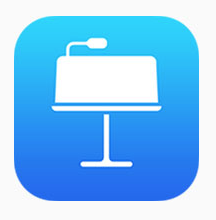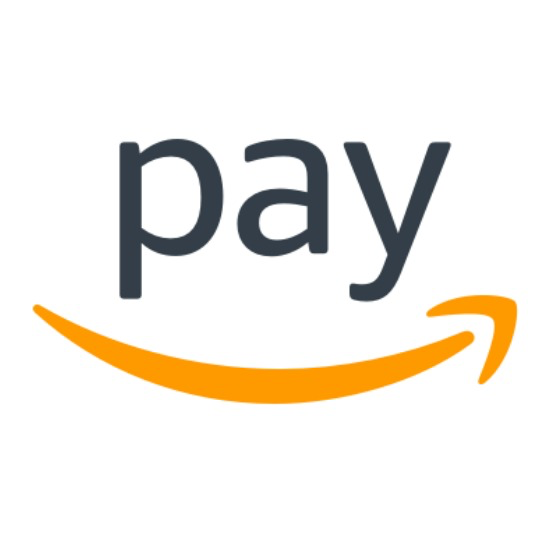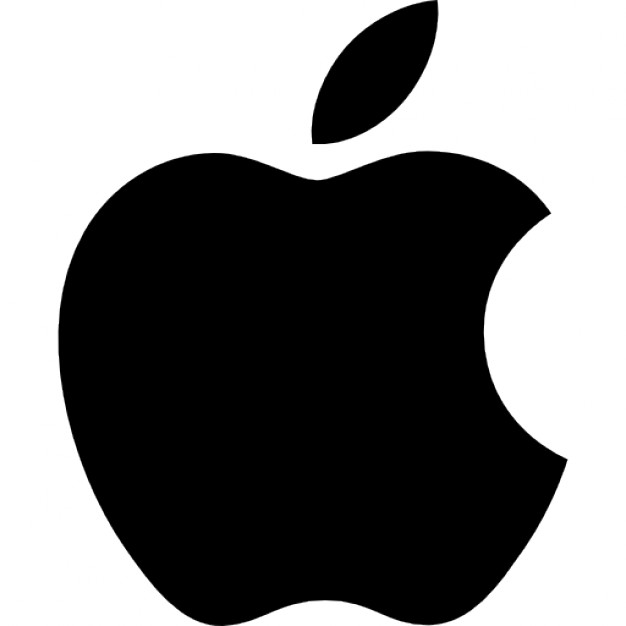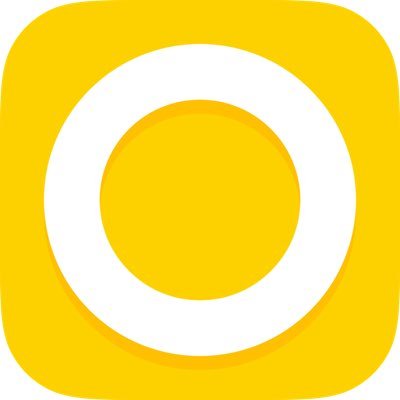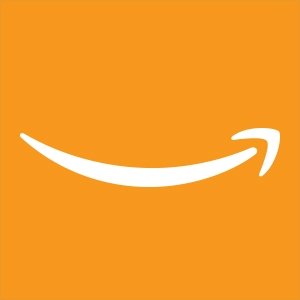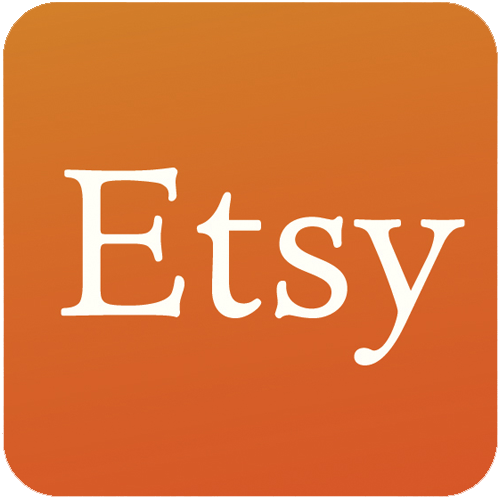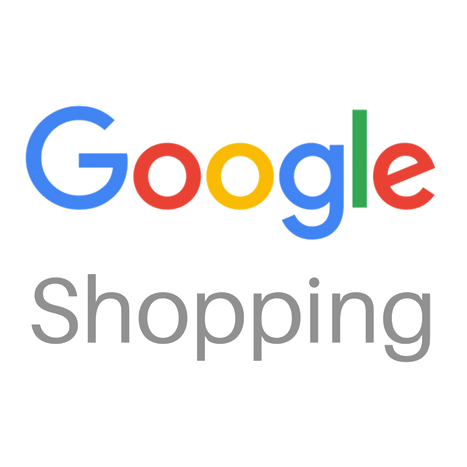How I Started And Grew A $50K/mo Phone Case Business
Hello! Who are you and what business did you start?
Hi, I’m Andrew Moore, the founder, and designer at Felony Case, a Toronto based company designing unique iPhone cases. I founded Felony Case in 2012, and since then we’ve created several flagship iPhone case designs.
Our most notable designs are our spiked and studded cases, which feature hand screwed-in metal studs. When the stud fad began to fade, we knew we needed to reinvent our designs to stay relevant in a fast-changing environment. We went ultra-high-end with genuine python and stingray leather cases.
While these saw success with a certain demographic, I realized it’s easier to sell higher quantities of more competitively priced cases. Which lead to the creation of our Kaleidoscope Case — a current top-seller.
Felony Case started as a small shop on Etsy, and has grown to become an internationally recognized fashion iPhone case brand sold in top tier retailers like Nordstrom, Holt Renfrew, Indigo, Urban Outfitters, Revolve, Free People as well as across multiple e-commerce...

Download the report and join our email newsletter packed with business ideas and money-making opportunities, backed by real-life case studies.

Download the report and join our email newsletter packed with business ideas and money-making opportunities, backed by real-life case studies.

Download the report and join our email newsletter packed with business ideas and money-making opportunities, backed by real-life case studies.

Download the report and join our email newsletter packed with business ideas and money-making opportunities, backed by real-life case studies.

Download the report and join our email newsletter packed with business ideas and money-making opportunities, backed by real-life case studies.

Download the report and join our email newsletter packed with business ideas and money-making opportunities, backed by real-life case studies.

Download the report and join our email newsletter packed with business ideas and money-making opportunities, backed by real-life case studies.

Download the report and join our email newsletter packed with business ideas and money-making opportunities, backed by real-life case studies.





